10 Social Media Copywriting Tips to Drive Engagement
Andrew Folkler
Of approximately 8 billion people living today, 4.89 billion are on social media.
As an entrepreneur, there is no doubt in your mind that some of your best leads are out there, scrolling through different social platforms. Some are looking for entertainment. Others are seeking educational material, and some are eager to discover new products and services to help them.
According to a study conducted by GWI, the global average use of social media is approximately 2.26 hours per day.
And that means your target audience is out there consuming content already. All you need to do is grab their attention and build a positive relationship with them.
But how do you get their attention in a sea of content?
That is where social media copywriting comes in.
This article will give you ten tips to help you plan, craft, and post your social media content so that your social media copy attracts the right audience for your business.
10 Social Media Copywriting Tips
1. Maintain a Consistent Brand Voice

Imagine that your brand was a person.
What would they be like? How would they talk, and what kinds of things would they say?
Your brand presence will dictate what tonality your social media copywriting will take. If you think about the people you are closest to, you might think about how their values align with yours. These people usually behave the same every day and engage in activities that connect with you emotionally.
Businesses adopt the same practice with branding. A company has a reputation to uphold through its brand.
If they were to do something inconsistent, the brand would be seen as untrustworthy.
When building your brand, think about what values your target audience has and how your brand can exemplify those values in its social media copywriting.
2. Use the PAS Formula
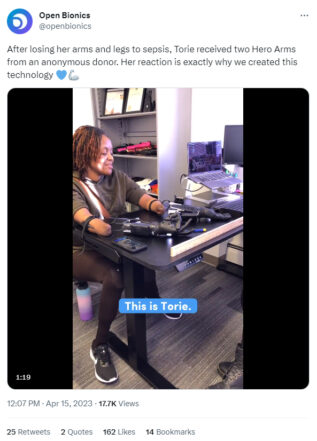
Social media posts do not give you much room for long-winded copy. That means you need to grab and retain your audience’s attention as they read through your posts.
One way to do that is to structure your social media copy with the PAS formula.
The PAS formula stands for Problem – Agitation – Solution.
The first section is where you highlight the challenge or pain point that the reader is experiencing. Then you agitate the reader by digging into the consequences of that problem. Finally, in the end, you provide a unique solution for the reader so that they will take action.
Your solution can come in a variety of formats. You could solve their problem through educational content, lead magnets, events, or purchasing your product/service.
3. Evoke Emotion With Your Copy
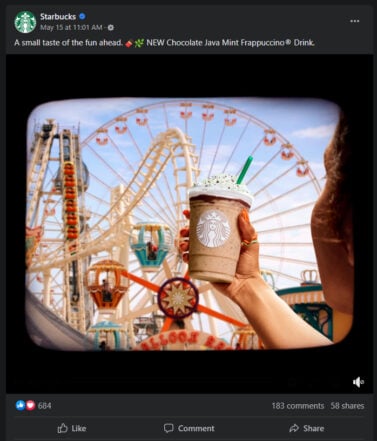
As your reader is scrolling through social media, you will need to grab their attention so they stop scrolling and start reading.
That is why you need to evoke emotion throughout your social media copy.
Start with a hook to pique their interest. A hook can be an exciting fact, question, or visualization of a promise desired by the reader.
Another way you can evoke emotion is to write copy that creates FOMO, or a Fear of Missing Out. Here are some ways you can build a sense of FOMO in your social media copy:
- New or Innovative Trends
- A promise of transformation they desire
- Limited availability/Scarcity
- Short time frame/Urgency
- Exclusivity
4. Use Active Voice
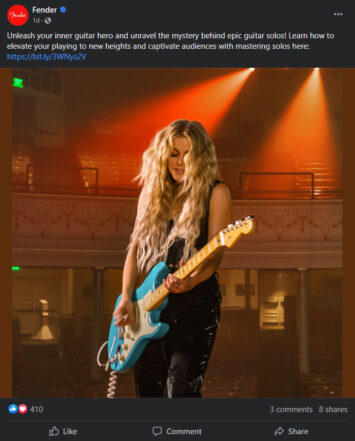
In writing, there is active and passive voice.
Active voice is where the subject performs the action in a sentence. On the other hand, passive voice is where the subject receives the action.
Here is a quick example of active and passive voice.
Active Voice: “Danny Iny is hosting a webinar today.”
Passive voice: “There is a webinar hosted by Danny Iny today.”
Both sentences say the same thing. The difference lies in the emphasis of the sentence. In active voice, the emphasis is on Danny. However, in passive voice, the emphasis is on the webinar.
You want to write using active voice because you sound more confident and clear in your social media copy. This is especially important when you are writing in 2nd person. You want the reader to envision themselves experiencing the promised transformation you offer.
And when the reader can emotionally connect with your social media post, they are more likely to engage with your brand moving forward.
5. Use Conversational Language
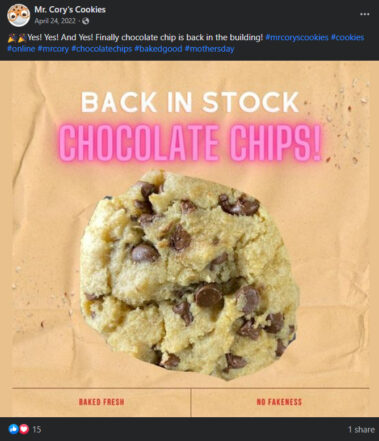
Social media copywriting relies on the same copywriting skills you use in other marketing channels. You want to sound approachable and friendly so the reader will feel comfortable enough to continue engaging with your social media copy.
One way you can do this is by writing as if you were talking directly to the reader. Being conversational makes it easier for you to communicate without worrying about rigid grammatical rules or flashy vocabulary.
Instead, you can focus on the things that matter. Does the reader have a crystal clear understanding of what you are saying? And do they emotionally connect with what you are saying?
Both questions should be yes. If not, you must revise your social media copywriting until it is conversational enough to be clear and impactful.
6. Keep Things Concise
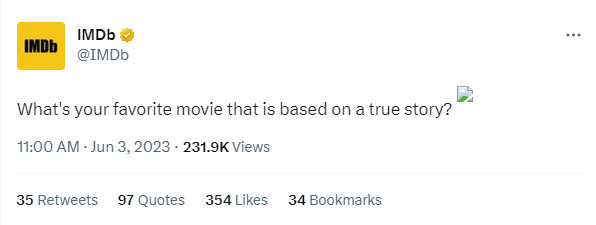
Most social media platforms have a character limit to posts. A Twitter advertising campaign will have different limits than a Pinterest marketing campaign.
Here are the character limits for the most popular social media platforms today.
Status Post: 63,206 Characters
Facebook Ad Headline: 40 Characters
Posts: 2200 Characters
Total Hashtags per post: 30 Characters
Bio: 150 Characters
Ad Text: 2200 Characters
Posts: 3000 Characters
Article Headline: 100 Characters
Article Body: 120,000 Characters
Pin/Post: 500 characters
TikTok
Video Caption: 150 Characters
Post/Tweet: 280 Characters
It goes without saying that you do need to use all of the allotted character space in your post. If you can quickly and succinctly convey your ideas in your social media posts, then opt to do so. That will enable you to increase your engagement with your audience and the reach of the social post.
If your post appears too long, you must ensure that your social media copywriting can retain the reader’s attention. Otherwise, they will get bored and continue scrolling.
7. Invite Your Audience to Join the Conversation

Social media is meant to be social. And that is an invitation for dialogue with your audience.
There are many benefits to opening a conversation with your audience.
The first benefit is that it deepens the relationship with them. Instead of being another company on the internet, they can converse with your brand. As a result, those who communicate with you are more likely to remember you and subsequently buy your product or service.
This leads to the second benefit – wider organic reach.
When people see something that they find interesting, entertaining, or informative, they naturally want to share it with people who might also be interested in that content.
That is why opening a dialogue with your audience is so important. Your readers will like, comment, and share your content, boosting the number of people exposed to your social media posts.
The higher your social media content engagement, the more likely you are to bring in new leads and start building a relationship with them.
Here are a few ways you could invite your audience to join in the conversation with your social media copywriting:
- Tell us in the comments…
- Like and share…
- Comment below…
- Answer this quiz/question below…
- Suggest to use in the comments what you want to see next.
8. Use Calls to Action Selectively
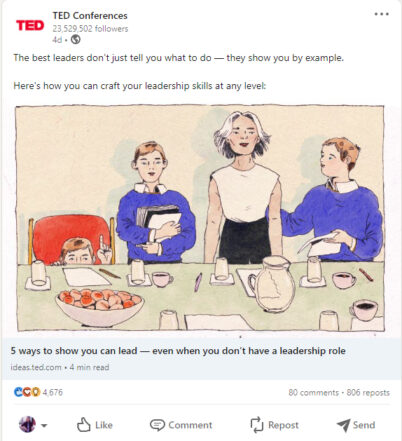
Before you start planning your social media copy, ask yourself this question.
What do you want the reader to do after reading your social media post?
In social media copywriting, your call to action varies based on the intent of your copy. Ad posts will be pushing for sales or opt-ins. Content posts link to a blog article or external resource on your website. Or you might just want to engage the reader in a conversation on that platform.
Typically your content marketing strategy on social media will include a variety of social media posts that are interesting while still driving leads toward your business. You don’t want to overwhelm your audience with too much of a single call to action.
For example, imagine if a brand only put out a sales call to action in their social media copywriting. The reader will perceive this trend as an indicator that this specific company only cares about profit. The reader will lose interest and stop engaging with the brand altogether.
When choosing a call to action, you want to communicate the value offered to the reader. And that is why you want to be selective with your call to action.
9. Incorporate Impactful Visuals

Photos and videos can communicate significantly more than text. Besides Facebook, most social media platforms have short character limits per post.
When choosing a visual element for your post, think about how the photo will aid in your social media copywriting messaging. After all, these two elements are working together to create an impact on the reader!
Here are a few ideas that you can use as impactful visuals for your social media posts:
- Photos
- Cartoons
- Infographics
- Videos
- Animations
- Gifs
10. Make Your Posts Findable
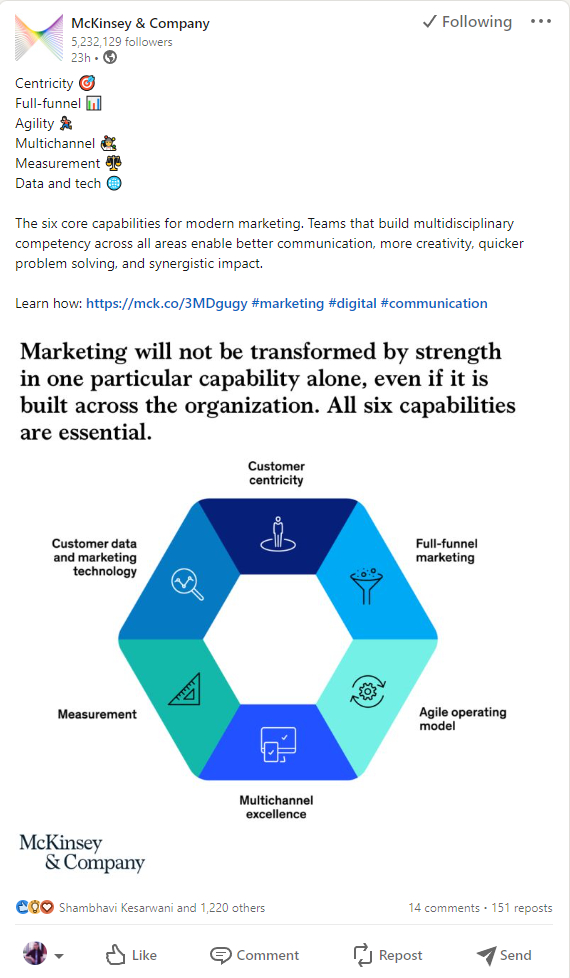
There are three ways to make your posts easy to find.
The first way is to incorporate hashtags into your posts. (Remember that most social media platforms include hashtags as part of their character limit, so you must account for that in your social media copywriting.)
Hashtags are an excellent way to categorize your posts based on the topic you are writing about. Hashtags debuted in 2007 on Twitter, enabling the platform to group posts using the pound symbol ‘#’ (also called an octothorpe).
Since then, other social media channels have adopted hashtags into their platforms. Today, you can follow specific hashtags to have curated content ready for viewing.
If you want to incorporate hashtags into your social media copywriting strategy, here are a few rules you must follow:
- All hashtags should begin with a ‘#’
- No spaces, punctuation, or symbols are allowed
- Keep the hashtag brief.
- Use a combination of popular and branded hashtags. Avoid obscure hashtags.
- Limit the number of hashtags per post. Too many hashtags appear spammy.
The second way to make your posts findable is always to post consistent quality content.
Every time a reader views your post, they cast a vote based on the impact of your social media copy. When your readers are confident that your content will always be relevant and engaging, they will be more inclined to follow and like it. And most importantly, they will be more likely to refer your content to other people, which expands your reach.
The final way to make your content easy to find is through paid ads. This method requires more tact because it is more invasive. Often people scrolling through social media are not interested in ads. The ad can be a disruptive experience. That is why your social media copywriting will need to be attuned to the needs and desires of your target audience. Otherwise, you will have spent a great deal of time and money on advertising that your readers ignore, or worse, you will be damaging your relationship with your target audience.
Start Planning Your Social Media Copywriting Today
Social media copywriting is a powerful skill that can take you far in lead generation, audience nurturing, and revenue growth. These ten tips will help you hone in on your target audience and craft a meaningful social media strategy.
If you are thinking about diving into social media for your brand, then I encourage you to start today. As long as you continue to post consistent quality content, you will be well on your way to growing your relationships with your audience.
Elevate Your Copywriting Game!
Discover winning strategies and insider tips for writing words that sell - from Mirasee’s very own expert copywriting team!